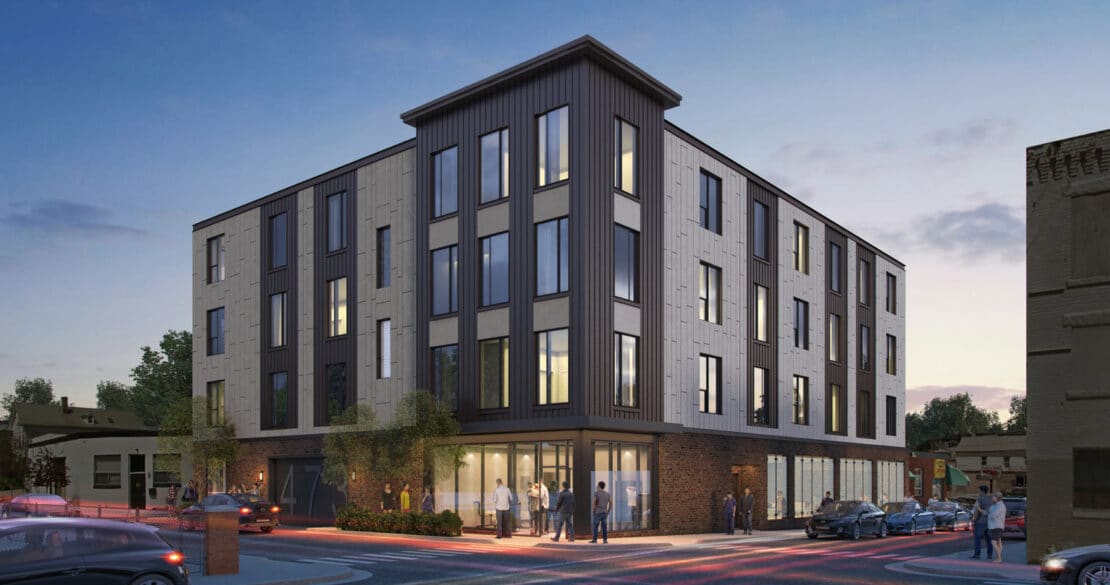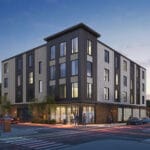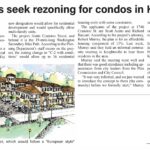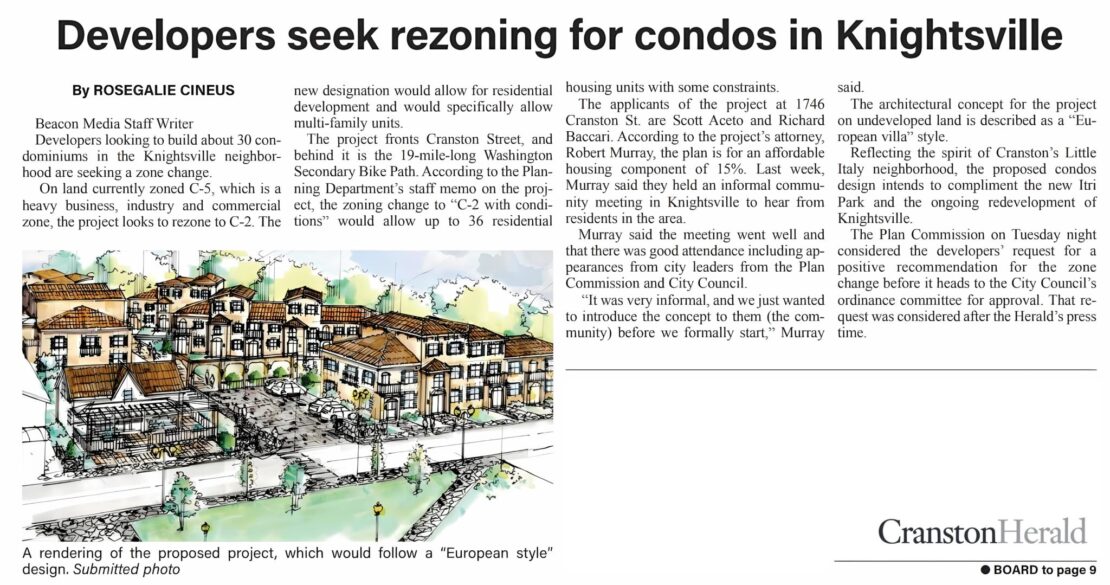Washington DC Architect Firm: Why Choosing the Right Partner Matters
When you’re building or renovating in the heart of the nation’s capital, selecting the right architect isn’t just a matter of design — it’s a strategic decision that affects your project’s timeline, budget, regulatory compliance, sustainability, and long-term value. At ZDS.com, we understand what it takes for a Washington DC architect firm to deliver outstanding results in a city defined by legacy buildings, historic districts, regulated zoning, and a competitive built environment.
In this article, we’ll walk you through:
- What makes the Washington DC architecture market unique
- How to pick the right firm for your project
- The value ZDS.com brings as your partner
- Key steps and phases in working with a DC-based architect
- Why local reputation and expertise matter
1. What Makes the Washington DC Architecture Market Unique
The Washington, D.C. region presents several distinctive attributes for architecture and design firms:
Historic & regulatory complexity: Many neighborhoods in D.C. are designated historic zones, meaning your architect must understand preservation, façade review, height restrictions, setback rules, and the complexities of working with local permitting and review boards.
High-visibility and landmark context: Projects here often have to align with civic expectations, federal guidelines, and public scrutiny — whether your building touches a cultural institution, a government facility, or a prominent urban corridor.
Sustainability and innovation: Leading architecture firms in Washington have embraced sustainability, adaptive reuse, and mixed-use design. For example, the firm BELL Architects, PC specializes in sustainable design, historic preservation and challenging urban sites in the District. bellarchitects.com
A diverse mix of project types: From custom residential infill to large-scale mixed-use developments, Washington DC architect firms must be versatile. As one directory notes, in the D.C. region there is a vibrant set of residential architects, custom homes, additions and new construction. DC Architects+1
Competition & reputation matter: With many capable firms operating in the area, your choice of architect signals a lot — to stakeholders, lenders, city agencies, and future occupants. A top-tier firm in D.C. offers credibility, and many of them have been profiled in lists of “Top architecture firms in Washington”. Novatr+1
2. How to Choose the Right Washington DC Architect Firm
Selecting the right architecture firm is a multi-step process. Here are key considerations:
a) Check their local track record
Make sure the firm has documented experience working in the D.C. area — with the zoning, permitting, neighborhood context and approval channels you’ll face. A firm familiar with D.C. is immediately advantaged in navigating delays and hidden hurdles.
b) Align on scope, services & design philosophy
- Do you need full-service architecture (feasibility, schematic design, design development, construction documentation) or just partial services?
- Does the firm have strengths in your type of project? (e.g., residential remodel, commercial workspace, institutional design)
For instance, firms like OTJ Architects are known for human-centric adaptive reuse in Washington. OTJ Architects - What is their design philosophy? Works well within historic environments? Modern/new construction? Sustainability-first?
c) Understand their regulatory and neighborhood expertise
Given Washington’s dense built fabric, many architectural challenges relate to neighbors, landmark status, historic façades, urban constraints. Ask: how many similar projects has the firm completed in your neighborhood/zone type?
d) Sustainability, budget and value engineering
Does the firm have experience in green building, efficient detailing, cost control in high-cost urban settings? As referenced earlier, BELL Architects emphasizes sustainable design in D.C. bellarchitects.com
e) Client chemistry & communication
You will be working closely with this firm. Look for clear communication, transparency, and responsiveness.
f) Reputation, reviews & awards
Search for accolades, local listings, references from previous D.C. clients. On sites like Houzz you’ll find many Washington D.C. architecture firms with strong ratings. Houzz
3. Why ZDS.com is Your Strategic Partner as a Washington DC Architect Firm
At ZDS.com, we position ourselves not just as an architecture service provider, but as a comprehensive design partner for the Washington market. Here’s how we stand out:
Deep local expertise
We’ve delivered numerous projects within Washington, D.C., Maryland and Virginia, bringing solid knowledge of local zoning, historic districts, permitting pathways and neighborhood context.
Tailored service model
Whether your project is a residential renovation in Georgetown, a commercial re-fit near the Wharf, or a new mixed-use building in a fast-growing corridor, we adapt our scope and approach to your needs — from small-scale design services to full architectural delivery.
Design + performance focus
We know that in DC’s competitive environment design alone isn’t enough. We integrate budget management, sustainable strategies, adaptability and long-term value. We build not just to look good, but to perform well in operational cost, regulatory review and future market relevance.
Collaborative & transparent process
We believe in clear milestones, open communication, virtual collaboration when needed, and a process that keeps you informed every step of the way.
Strong client outcomes
We prioritize on-time delivery, budget alignment, and quality execution. In a market where delays or mis-steps can cost more—including dealing with historical reviews, neighborhood board push-back or regulatory surprises—we help you stay on track.
4. The Typical Process of Working with a Washington DC Architect Firm
Here’s a breakdown of the core phases you’ll go through when you engage a firm like ZDS.com for your Washington DC project. While each project is unique, these phases provide a roadmap.
Phase 1 – Discovery & Feasibility
- Initial meeting: define your goals, budget, timeline, vision.
- Site review: examine the property, its zoning classification, setback/height restrictions, historic district status, surrounding context.
- Feasibility study: Can your program fit the site? What is permitted? What trades/offices may need to be consulted? What special approvals will be required in the D.C. setting?
- Preliminary budget estimating: We prepare a rough cost range so you have early insight into viability.
Phase 2 – Schematic Design - Creation of concept sketches, massing studies, site orientation, architectural style options.
- Review of neighborhood context in D.C. — how your building or renovation will sit among peers, historic façades, streetscapes.
- Stakeholder review: You review, make decisions, we refine.
Phase 3 – Design Development - Development of finalized drawings: floor plans, elevations, sections, material palettes, interior layouts.
- Coordination with structural, mechanical, electrical engineers.
- Incorporation of sustainability strategies, local code compliance (e.g., District Department of Buildings, historical review boards, etc.).
Phase 4 – Construction Documentation & Permitting - Full set of drawings and specifications for bidding and construction.
- Assistance with permit submission in D.C.: we prepare all necessary documents for approvals, historic board submittals, etc.
- Coordination of bids, assisting with contractor selection, review of bids.
Phase 5 – Construction Administration - Site visits, review of work in progress, coordination with contractor and sub-consultants.
- Review of shop drawings, change orders, contractor queries.
- Quality control to ensure design intent is realized.
Phase 6 – Project Close-out & Post-Occupancy - Final inspection, punch list, commissioning of systems (if applicable), and hand-over documentation.
- Post-occupancy review: how the building is performing, user feedback, maintenance planning.
By following a rigorous process—and leveraging local knowledge in Washington DC—your project is far more likely to be delivered successfully, on-budget, and in compliance with local demands.
5. Frequently Asked Questions for Washington DC Architecture Projects
Q: What special zoning or regulatory issues should I anticipate in Washington, D.C.?
A: You should anticipate historic district reviews, neighborhood or citizen-board input (especially in areas like Georgetown, Dupont Circle, Capitol Hill), height/lot coverage limits, special exception processes, and environmental/sustainability mandates.
Q: How important is sustainability for DC architecture firms today?
A: Very. Many buildings in the region now target LEED certification or similar standards, and local codes increasingly demand energy performance. Firms like BELL Architects emphasize this in their DC practice. bellarchitects.com
Q: What is a realistic timeline for a renovation or new build in DC?
A: While it varies widely, factors such as historic review or complicated site conditions can add time. The architectural design phases typically take several months; permitting can add months more; construction likewise depends on scale and complexity. Engaging a firm experienced with DC reduces unknowns.
Q: How do I manage budget surprises or cost escalations?
A: Early feasibility and budgeting help. Having your architect include cost estimating, value engineering, material selections and clear coordination helps mitigate surprises. Transparent communication about contingencies and allowances is key.
Q: How can an architecture firm help increase the value of my property?
A: Through design that enhances usability, efficiency, aesthetics, and sustainability. In DC’s high-competition urban market, a well-designed and well-executed project helps with resale value, tenant appeal, and operational cost savings.
6. Why Investing in a Washington DC Architect Firm is a Smart Move
Here are several compelling reasons to engage a seasoned local architecture firm rather than a remote or less experienced one:
Local credibility & relationships
A firm with a strong local presence in Washington has existing relationships with review boards, local trades, and can anticipate neighborhood sensitivities. That smooths many potential hurdles.
Understanding of neighborhood character
Whether you are in Capitol Hill, Shaw, Navy Yard, or Tenleytown, the “look & feel” expectations differ. Your architect will know the context and help your project fit in without losing its identity.
Risk mitigation
From permitting, code compliance, unforeseen site conditions — a local architect with D.C. experience reduces risk by anticipating issues. This helps avoid delays, cost overruns, and legal/regulatory problems.
Value enhancement
A strong design not only serves your current use but adds long-term value. Whether you’re creating a residential renovation, a commercial property, or a mixed-use building, design matters for utility, aesthetics, market appeal.
Sustainability & performance
Today’s architectures need to consider energy, carbon, adaptability for future use — all of which are increasingly important in Washington’s design environment.
7. Getting Started with ZDS.com as Your Washington DC Architect Firm
If you’re ready to move forward, here’s how we suggest starting:
- Schedule a discovery meeting: We’ll discuss your project, budget, timeline, and goals — whether renovation, new build, or adaptive reuse.
- Site review & feasibility: We’ll visit your property (or analyze it virtually), document zoning and historic status, create a feasibility summary.
- Proposal and scope definition: We provide a clear proposal with deliverables, timeline, fees, and milestones — tailored for the Washington area.
- Design kickoff: Once the contract is signed, we enter the schematic design phase and begin shaping your vision.
- Ongoing communication & reviews: We maintain regular check-ins, milestone reviews, and adapt as we proceed — ensuring your project stays aligned with goals.
Because our experience in Washington, D.C. is deep, we bring efficiencies and insight from the start that minimize wasted time and help your project move forward confidently.
Conclusion
When it comes to your architecture project in Washington D.C., the choice of firm can spell the difference between frustration and success. Engaging the right Washington DC architect firm—one that knows the regulatory landscape, understands the local context, communicates clearly, and delivers design with value—will set your project on the right path.
At ZDS.com, we are committed to being that partner: combining local Washington expertise, broad design capabilities, and a results-oriented approach. If you’re ready to bring your vision to life in D.C., let’s connect and explore how we can make it happen together.
Contact ZDS.com today for a free consultation and find out how we can help you realize your architectural ambitions in Washington, D.C.









